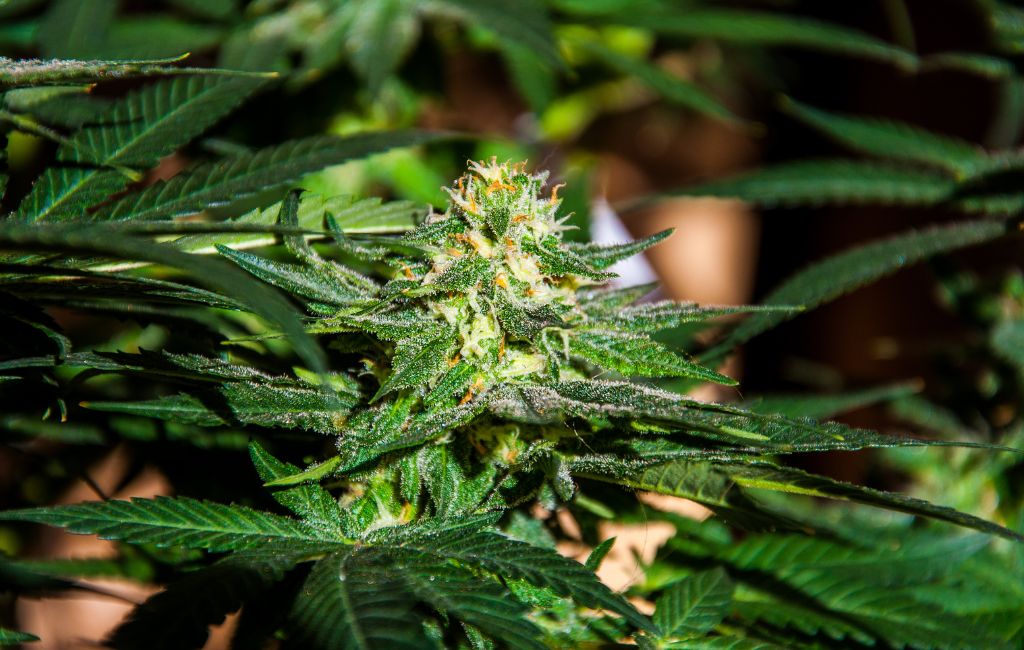In the quest for sustainable agriculture, cultural weed control has emerged as a significant practice. This method leverages traditional and innovative techniques to manage unwanted plant growth without relying heavily on chemical herbicides. By understanding the principles and applications of cultural weed control, farmers can enhance crop productivity while promoting environmental health.
Understanding Cultural Weed Control
Cultural weed control involves practices that alter the environment to suppress weed growth. These methods focus on enhancing the competitive ability of crops and reducing the conditions favorable for weeds. This approach is rooted in the understanding of weed biology and ecology, making it a holistic strategy for managing unwanted vegetation.
Principles of Cultural Weed Control
- Crop Rotation: Alternating crops disrupts weed life cycles, reducing their prevalence.
- Cover Cropping: Planting cover crops can smother weeds and improve soil health.
- Mulching: Organic or synthetic mulches block sunlight, inhibiting weed germination.
- Planting Density: Optimizing plant spacing can outcompete weeds for resources.
Benefits of Cultural Weed Control
Adopting cultural weed control offers numerous advantages. It reduces dependency on chemical herbicides, which can lead to herbicide resistance and environmental contamination. By promoting biodiversity, these practices support beneficial organisms that naturally suppress weed populations.
Environmental Impact
Cultural methods contribute to soil health by maintaining organic matter and preventing erosion. They also enhance water retention and reduce runoff, which is beneficial for both crops and surrounding ecosystems.
Economic Considerations
While initial implementation may require investment, cultural weed control can lead to long-term savings. Reduced herbicide use lowers input costs, and healthier crops can result in higher yields and better market prices.
Case Studies in Cultural Weed Control
Several agricultural communities have successfully implemented cultural weed control strategies. These examples highlight the adaptability and effectiveness of these methods across different regions and crop types.
Case Study 1: Organic Farming in California
In California, organic farmers have embraced cover cropping and mulching to manage weeds in vineyards. By planting legumes and grasses between vine rows, they have improved soil fertility and reduced weed pressure, leading to healthier grape production.
Case Study 2: Rice Cultivation in Asia
Asian rice farmers have utilized water management techniques to control weeds. By adjusting water levels in paddies, they create unfavorable conditions for weed growth while supporting rice plants. This practice has been instrumental in maintaining high yields without chemical inputs.
Challenges and Limitations
Despite its benefits, cultural weed control is not without challenges. It requires a deep understanding of local ecosystems and may demand more labor than conventional methods. Weather conditions and soil types can also influence the effectiveness of these practices.
Labor and Knowledge Requirements
Implementing cultural methods often involves increased labor, particularly in the initial stages. Farmers must be knowledgeable about crop and weed biology to effectively apply these techniques.
Adaptability to Different Climates
While cultural weed control can be adapted to various climates, some methods may be less effective in certain regions. For instance, mulching might not be suitable in areas with high rainfall, where it can lead to waterlogging.
Future Prospects of Cultural Weed Control
As the demand for sustainable agriculture grows, cultural weed control is likely to gain more attention. Advances in technology and research can enhance the effectiveness of these methods, making them more accessible to farmers worldwide.
Integration with Technology
Emerging technologies, such as precision agriculture and remote sensing, can optimize cultural practices. By providing real-time data on weed growth and soil conditions, these tools can help farmers make informed decisions.
Research and Development
Ongoing research is crucial for improving cultural weed control methods. Studies on plant genetics and soil microbiomes can lead to the development of crops with enhanced competitive abilities against weeds.
Conclusion
Cultural weed control represents a sustainable approach to managing unwanted vegetation in agriculture. By leveraging traditional knowledge and modern innovations, farmers can reduce their reliance on chemical herbicides, promote environmental health, and achieve economic benefits. As research and technology continue to advance, these methods will play an increasingly important role in the future of sustainable farming.


